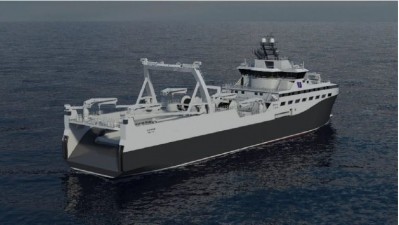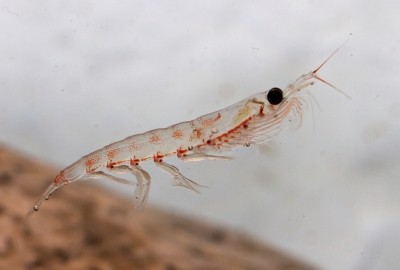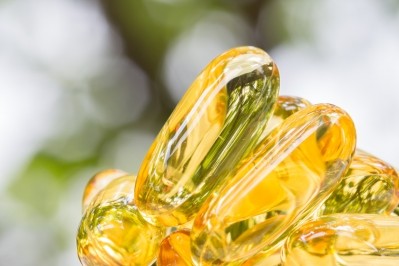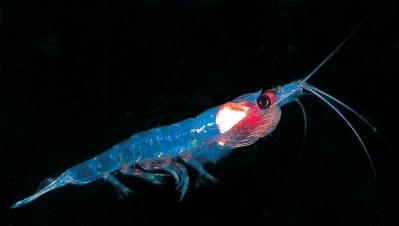The krill zone: Industry hand baton to CCAMLR to determine Krill Antarctic fate
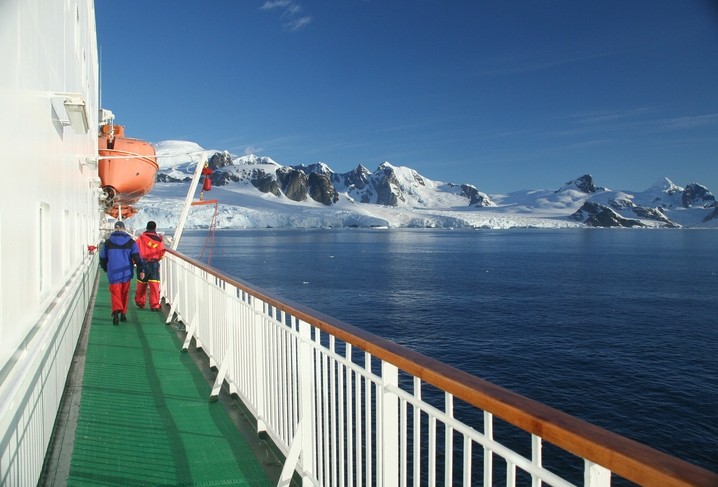
The agreement, organised by Greenpeace, brings together the biggest krill fishing companies, retailers and international commissions in one united goal of protecting Antarctic wildlife and its ocean sanctuaries.
But the actions of Akerbiomarine and Rimfrost are just the tip of the iceberg with campaigners stressing the need for concerted support from scientists, governments, industry, and conservation groups as the surest bet to protecting these waters.
Alongside Akerbiomarine and Rimfrost, the agreement also sees CNFC, Insung, Pescachile—around 85% of the krill fishing industry in the Antarctic—join the Association of Responsible Krill harvesting companies (ARK).
“The two other krill companies that have not backed the industry commitment are applying for membership in ARK,” explained Kristine Hartmann, executive vice president at Aker BioMarine.
“If they become a member, they have to make the same commitments for their operations in Antarctica.
“For us, it has always been important to safeguard the ecosystem in which we operate. We are positive that ARK'S commitment will help ensure krill as a sustainable and stable source of healthy omega-3s for the future.”
“Rimfrost work towards a sustainable krill fishery and work proactively with ARK to achieve this,” echoed Rimfrost’s Henrik Traaholt. “We are always open for dialog on how to manage the fisheries in Antarctica.”
“Rimfrost’s on-board technology (enzymatic hydrolyze) is based on a low take-out of the krill biomass,” he added.
‘Momentum is snowballing’
It’s a view shared by Frida Bengtsson from the Greenpeace Nordic Protect the Antarctic campaign.
With the vast majority of the krill fishing industry all moving in the same direction, she hopes that other stakeholders will succumb to the pressure and add their voice to the campaign.
“The momentum for protection of the Antarctic’s waters and wildlife is snowballing,” she said.
“This is a bold and progressive move from these krill fishing companies, and we hope to see the remainder of the krill industry follow suit.”
“This October, when the proposal is on the table to create a huge Antarctic Ocean Sanctuary in the Weddell Sea, politicians must know that the eyes of the world and the weight of history are upon them.”
Bengtsson refers to the pivotal meeting later this year that sees country representatives, convene in Hobart, Tasmania.
The Commission for the Conservation of Antarctic Marine Living Resources (CCAMLR) will debate on whether to adopt an EU proposal to create the biggest ocean reserve on Earth – around 1.8 million square kilometres in and around the Weddell Sea.
Despite public and private pressure, their decision is not a foregone conclusion. Back in 2016, Dr Phil Trathan OBE, head of conservation biology at the British Antarctic Survey and lead ecological adviser for the UK delegation to CCAMLR pushed for the prohibition of krill fishing in coastal zones next to the Antarctic Peninsula, especially during the summer breeding season.
“CCAMLR has yet to take such a step,” he said. “So it is to be welcomed that the majority of krill companies have decided to take these voluntary steps.
“Ongoing work is still required to assess the risks associated with krill fishing practices, so I hope that these companies will be equally responsive as the science continues to develop.”
CCAMLR considerations
CCAMLR, an international commission with 25 Members, and a further 11 countries, have always insisted that its decisions are “based on the best available scientific information, [in which] the Commission agrees a set of conservation measures that determine the use of marine living resources in the Antarctic.”
Indeed, conservation measures drawn up by CCAMLR illustrate its precautionary approach to managing the krill fishery, which defines area-based catch limits.
Conclusions reached in the 29th Meeting of the Commission way back in Oct 2010, stated that annual catches of up to 5.6 million tonnes are sustainable across the Antarctic Peninsula, the South Orkneys and South Georgia and the South Sandwich Islands.
However, to add more protection for krill predators, the catch limit is at a much lower level - 620,000 tonnes, the same as approximately 1% of the estimated krill biomass in these areas.
Catch numbers cannot rise beyond this highly precautionary limit until CCAMLR has agreed and come up with a management system, which separates the krill catch so that it does not have adverse impacts upon krill predators.
“As you can imagine, this is an area of complex considerations,” a CCAMLR spokesperson said.
“The CCAMLR Commission and Scientific Committee will be considering all issues associated with management of fishing and other activities covered by the Convention, including marine protected areas (MPAs).
“Several areas within the Convention area are under consideration for MPAs, including the Weddell Sea and the Antarctic Peninsula area.
“We would like to clarify that krill fishing, and the area to which the voluntary declaration of the krill fishing companies applies, is in the Antarctic Peninsula - krill fishing does not occur in the Weddell Sea.”
